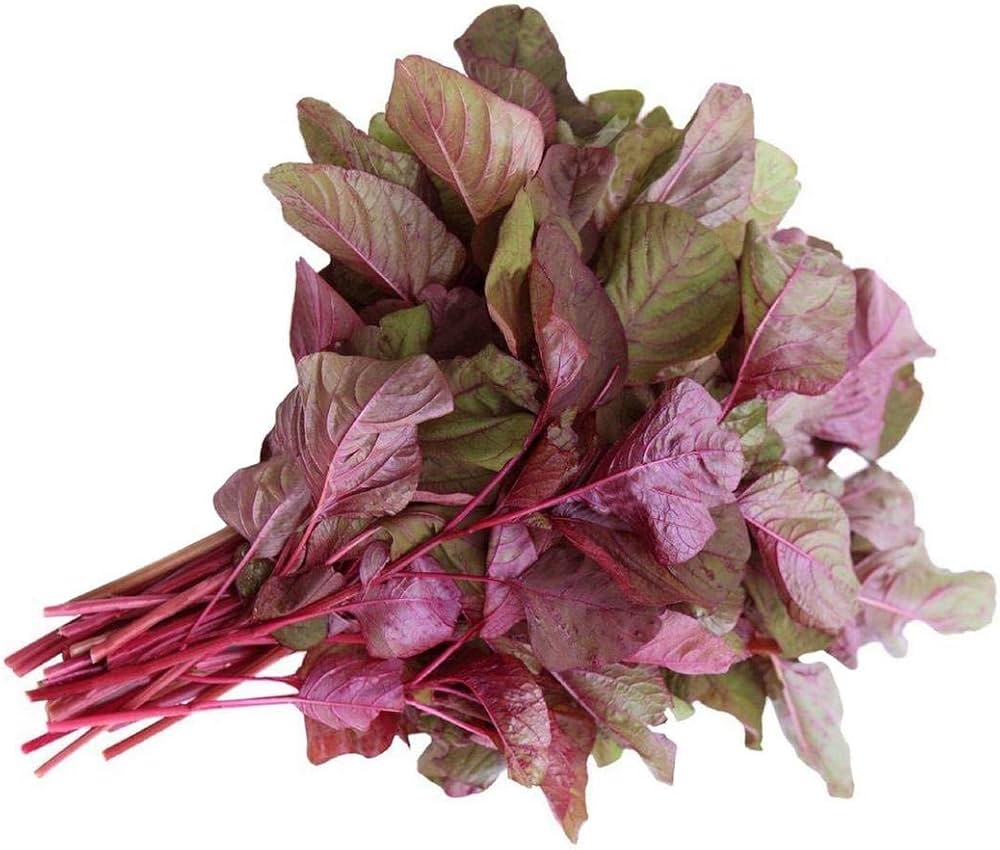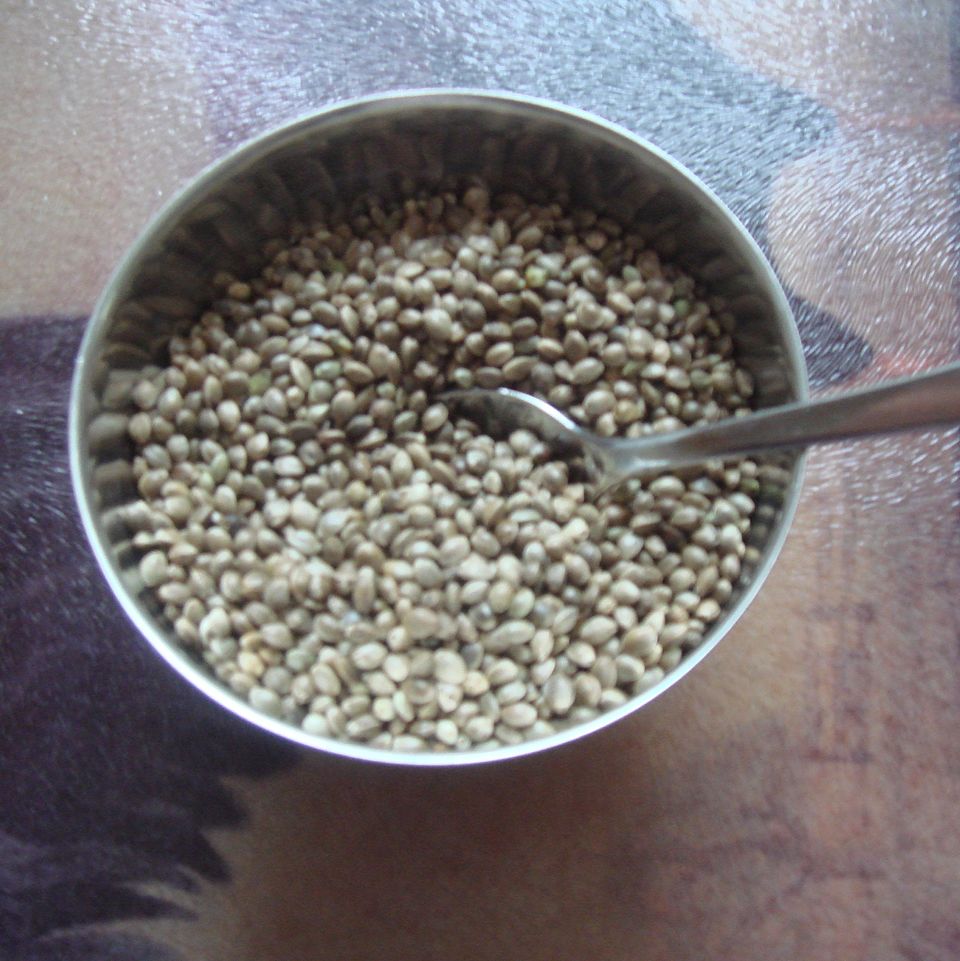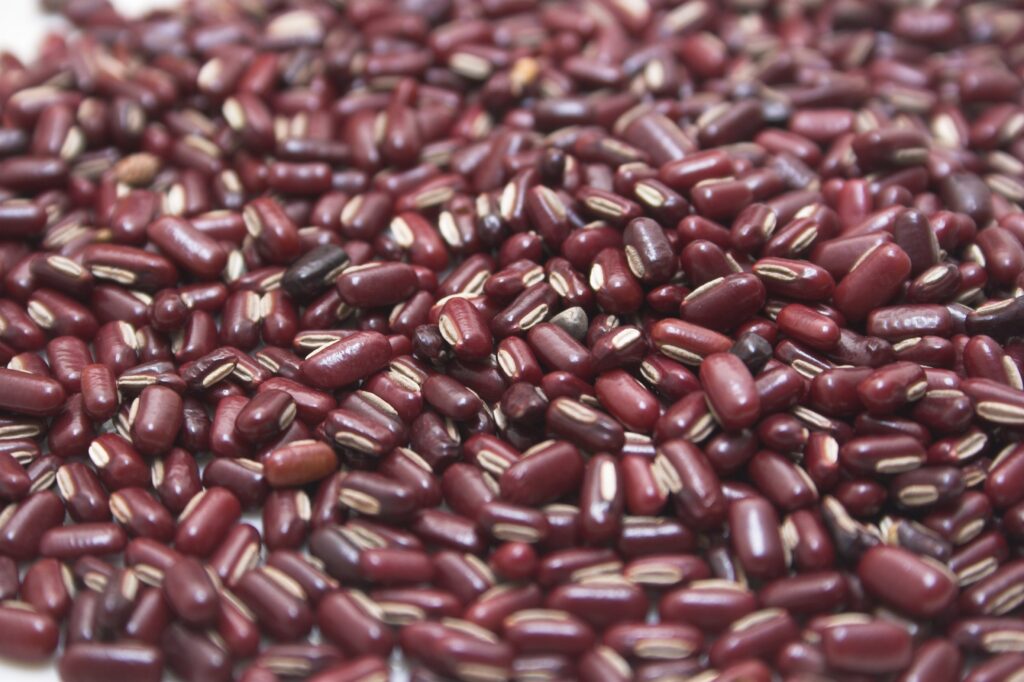If you think vegetarian protein is all about paneer, soya, and dal… think again. And do we care that the best of plant protein aren’t always on our plate? They’re underrated, underhyped, and shockingly powerful. This blog is your cheat sheet to discover the most amazing but least-known protein sources every vegetarian (or flexitarian) should know about.
Let’s go beyond the basics.
1. Amaranth (a.k.a. Rajgira) – The Ancient Grain That Beats Quinoa

Protein: 9g per cup (cooked)
Amaranth, a gluten-free pseudocereal, boasts a complete amino acid profile, including lysine, which is scarce in many grains. It’s an ancient grain that’s not just high in protein, but a complete protein – now known for its ability to help lower inflammation and cholesterol. That’s rare in the plant kingdom.
Did you know?
The Aztecs believed amaranth had spiritual powers. Unlike most grains, this one comes loaded with lysine – an essential amino acid your body really needs but rarely gets from typical grains.
How to use: Cook like rice, blend into porridge, or make gluten-free rotis.
2. Hemp Seeds – The Legal High-Protein Fix

Protein: 10g per 3 tbsp
These soft, nutty seeds come from the cannabis plant—but with zero THC. Just pure nutrition. Hemp is one of the only plant-based sources that contains edestin, a super digestible protein that helps cellular repair.
Did you know?
Hemp has a naturally perfect balance of healthy fats – omega-6 and omega-3, in just the right ratio to support both your heart and your brain.
How to use: Sprinkle on smoothies, toast, or salads.
3. Water Lentils (a.k.a. Duckweed) – NASA’s Favourite Superfood

Protein: Up to 40% of dry weight
This aquatic green is insanely high in protein. Water lentils grow rapidly and have even been studied by NASA for space farming. Bonus? They’re one of the very few plant-based sources of Vitamin B12.
Did you know?
Water lentils might soon replace soy and whey in clean-label protein supplements.
How to use: Available in powder form—great for smoothies or baking.
4. Tempeh – The Fermented Upgrade to Tofu
Protein: 15g per 100g
If tofu feels bland, tempeh is its fermented, nutty cousin with more protein and better digestion. Thanks to its probiotic benefits, tempeh doesn’t just feed your muscles—it nourishes your gut too.
Did you know?
Tempeh isn’t new – people in Indonesia have been making it by hand for over a thousand years, often wrapping it in banana leaves. Talk about tradition.
How to use: Stir-fry, marinate, or grill it like meat.
5. Chia Seeds – The Tiny Sleep and Energy Hack

Protein: 5g per 2 tbsp
Chia seeds are small but mighty. They expand up to 12x their size in liquid, forming a gel that slows digestion and keeps you full. Rich in omega-3s, fiber, and protein, they also contain tryptophan, which helps regulate mood and sleep.
Did you know?
Back in the day, Aztec warriors carried chia seeds with them for stamina. If it worked for them on the battlefield, imagine what it can do for your day.
How to use: Add to water, smoothies, or overnight pudding.
6. Moth Beans (Matki) – The Desi Protein Powerhouse

Protein: 23g per 100g (raw)
Matki is the underrated star of Indian kitchens. Sustainably grown and super rich in protein and iron, these tiny beans are best eaten sprouted for better digestion and nutrient absorption.
Did you know?
Moth beans are drought-resistant, making them an eco-conscious protein pick.
How to use: Sprout and use in salads, curries, or chaats.
7. Green Pea Protein Powder – The Bloating-Free Muscle Builder
Protein: 20–25g per scoop
Unlike whey or soy, pea protein is gentle on the gut and 100% plant-powered. It’s a clean, hypoallergenic option loaded with BCAAs, making it great for muscle repair.
Did you know?
Pea protein is alkaline-forming, which helps reduce acidity and inflammation in the body.
How to use: Blend a scoop into smoothies, oats, or protein bars.
8. Seitan – The OG Wheat Meat
Protein: 25g per 100g
Seitan is pure gluten, and it has a meaty texture that even non-vegetarians fall for. It’s one of the richest plant-based proteins available and was first made by Buddhist monks.
Did you know?
Seitan might not look fancy, but it’s almost fat-free and soaks up flavours like a dream. No wonder it’s a go-to for making plant-based meats taste amazing.
How to use: Grill, stir-fry, or stuff into wraps and sandwiches.
9. Kala Chana (Black Chickpeas) – The Iron-Rich Underdog
Protein: 20g per 100g (dry)
Kala chana has more fiber, protein, and iron than regular white chickpeas. It’s a slow-digesting carb, which helps with stable energy and fewer cravings.
Did you know?
Kala chana supports metabolic health and is especially recommended for women with low iron levels.
How to use: Soak, boil, toss with lemon and spices, or make into sabzi.
10. Sprouted Horse Gram (Kulthi Dal) – The Lesser-Known Super Pulse
Protein: 22g per 100g (dry)
This one’s a hidden gem. Known for reducing fat and improving kidney health, horse gram is protein-rich, iron-dense, and calcium-loaded.
Did you know?
Sprouting horse gram increases protein digestibility by over 90% and lowers anti-nutrients.
How to use: Soak, sprout, and use in soups or dry curry dishes.
| Sr. No | Name of Vegetable | Protein Content |
|---|---|---|
| 1 | Amaranth (Rajgira) | 9g per cup (cooked) |
| 2 | Hemp Seeds | 10g per 3 tbsp |
| 3 | Water Lentils (Duckweed) | Up to 40% of dry weight |
| 4 | Tempeh | 15g per 100g |
| 5 | Chia Seeds | 5g per 2 tbsp |
| 6 | Moth Beans (Matki) | 23g per 100g (raw) |
| 7 | Green Pea Protein Powder | 20–25g per scoop |
| 8 | Seitan | 25g per 100g |
| 9 | Kala Chana (Black Chickpeas) | 20g per 100g (dry) |
| 10 | Sprouted Horse Gram (Kulthi Dal) | 22g per 100g (dry) |
Build a Smarter Protein Plate
Let’s ditch the myth that vegetarians can’t hit their protein goals. You just need to look beyond the basics and explore nature’s underrated powerhouses. Whether you’re training, healing, or just trying to feel stronger inside out, these foods deserve a place on your plate. You can pair these with Vitamin C-rich foods to enhance iron absorption and boost other benefits.
